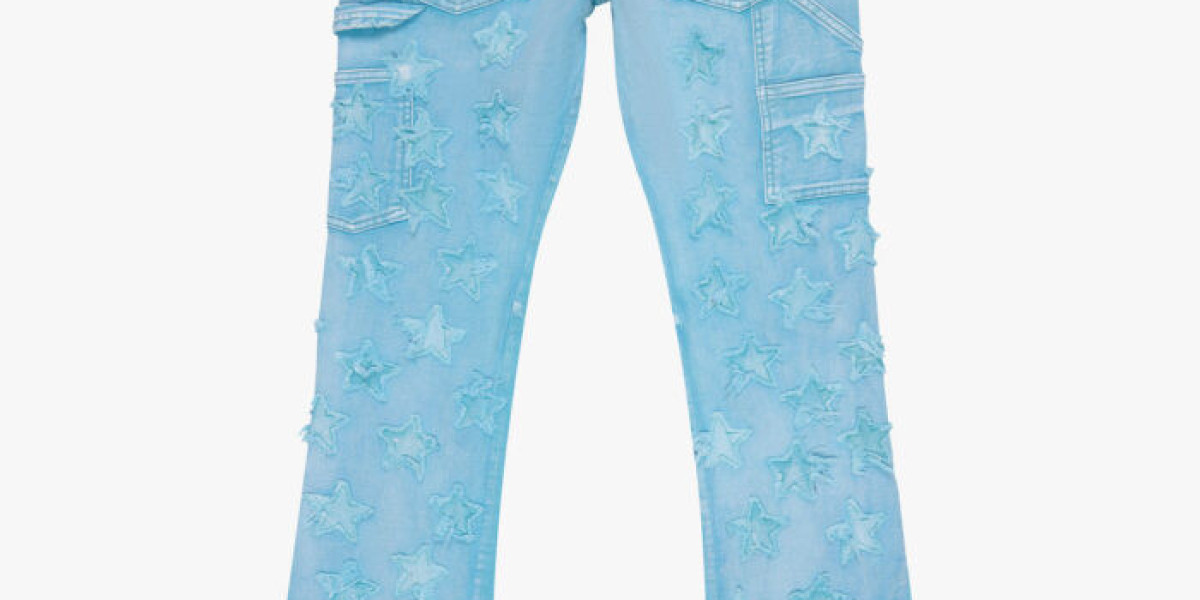Laser cutting is a popular technology used in various industries for its precision and versatility. The selection of materials for laser cutting is crucial as it directly impacts the overall performance of the cutting process. This discussion will explore the primary factors influencing the choice of materials, including material properties, laser type, thickness, and operational parameters.
Material Properties
Type of Material: Different materials behave uniquely under laser cutting materials. The common categories of materials include:
Metals: Steel, aluminum, copper, and brass are widely used in industries. Metals reflect light differently and have varying melting points, which can affect the cutting process. For instance, reflective metals like copper may require specific laser settings to avoid beam loss.
Plastics: Acrylic, polycarbonate, and PVC are popular in the manufacturing of prototypes and signage. Plastics generally have lower melting points, allowing for faster cutting speeds but may release harmful fumes.
Wood: Wood and wood-based materials like MDF and plywood are commonly cut for furniture and decorative items. The grain direction, moisture content, and density can all affect how the laser interacts with the material.
Textiles: Fabrics like cotton, polyester, and felt are used in fashion and upholstery. The nature of the fibers affects the cutting speed and edge quality, making the choice of cutting speed crucial.
Thermal Properties: The thermal conductivity and specific heat of a material significantly influence the laser cutting process. Materials with high thermal conductivity, such as metals, tend to dissipate heat quickly, requiring higher laser power to maintain the cutting speed. Conversely, materials with low thermal conductivity, like certain plastics, may allow for quicker heating and cutting.
Absorption Characteristics: Materials vary in how well they absorb laser light. This property is critical, as it determines how effectively the laser energy is transformed into heat for cutting. For example, darker materials generally absorb more laser energy than lighter ones, affecting the cutting speed and quality.
Laser Type
CO2 Lasers: CO2 lasers are versatile and commonly used for cutting non-metal materials such as plastics, wood, and textiles. They operate at a wavelength of 10.6 micrometers, which is well absorbed by these materials. For metals, CO2 lasers can be used but require more power compared to fiber lasers.
Fiber Lasers: Fiber lasers are more efficient for cutting metals due to their shorter wavelength of around 1.06 micrometers, which is better absorbed by metals. They are also advantageous for cutting reflective materials. The type of laser used will guide the choice of materials, as certain materials perform better with specific laser types.
Nd
Lasers: Neodymium-doped YAG lasers are less common for cutting but are used in certain applications, particularly for harder materials. Their versatility allows them to cut through various materials, but they are typically slower than CO2 or fiber lasers.
Material Thickness
The thickness of the material plays a vital role in the selection for laser cutting.
Thin Materials: For materials under 1/8 inch thick, CO2 lasers are often preferred, as they can cut quickly and produce high-quality edges. The focus and power settings can be adjusted for different materials to optimize cutting speed and edge quality.
Medium Thickness: Materials between 1/8 inch and 1/4 inch often require a balance between speed and quality. Adjusting the laser speed, power, and focus becomes essential to prevent issues like excessive melting or burning.
Thick Materials: For materials thicker than 1/4 inch, fiber lasers are often more effective. These lasers can penetrate thicker materials more efficiently, although they require careful control of power settings to ensure a clean cut without excessive heat-affected zones.
Operational Parameters
The operational parameters set during the cutting process also play a critical role in material selection.
Power Settings: The laser's power output is a significant factor. Higher power settings can cut through thicker materials but may cause issues like burn marks on thinner materials. The correct power setting must be chosen based on the material type and thickness.
Cutting Speed: Cutting speed must be optimized according to the material being used. Slower speeds are generally needed for thicker or denser materials to allow sufficient energy absorption, while faster speeds may be appropriate for thinner or less dense materials.
Focus Settings: Proper focus of the laser beam is essential for achieving high-quality cuts. The focus must be adjusted based on the material type and thickness. Focusing the laser too much can lead to excessive burning, while too little focus may result in a lack of precision.
Interaction of Factors
The interplay between these factors is complex. For example, selecting a material that absorbs laser light well while also being thermally conductive can optimize the cutting process. Likewise, choosing the correct laser type based on the material will enhance cutting efficiency.
When considering thickness, thicker materials will require adjustments in power and speed, which may lead to a reevaluation of the laser type used. The chosen material can also influence the settings used, as some materials may require lower speeds or different focus adjustments to achieve the desired cut quality.
Conclusion
In summary, the selection of materials for laser cutting is influenced by multiple factors, including the type of material, thermal properties, absorption characteristics, laser type, thickness, and operational parameters. These factors interact in a complex manner to impact the efficiency and quality of the cutting process. Understanding how these elements work together is essential for optimizing laser cutting operations and ensuring high-quality outcomes in various applications. By carefully evaluating these aspects, manufacturers can select the most appropriate materials for their specific cutting needs, ultimately enhancing productivity and reducing waste.
Additional Considerations
In practice, manufacturers often conduct trial runs to refine their material selection and cutting parameters. This empirical approach allows for adjustments based on real-world outcomes, leading to improved efficiency and quality over time. Furthermore, advancements in laser technology and materials science continue to evolve the landscape of laser cutting, presenting new opportunities and challenges for operators in diverse industries.
By keeping abreast of these developments and understanding the fundamental interactions at play, businesses can position themselves to take full advantage of laser cutting technology, ensuring they remain competitive in an ever-changing market.

